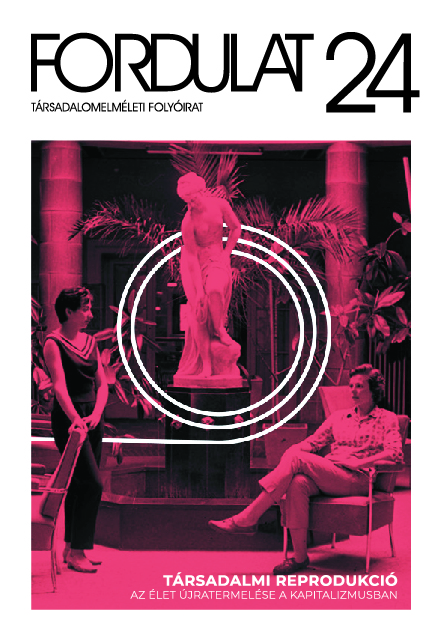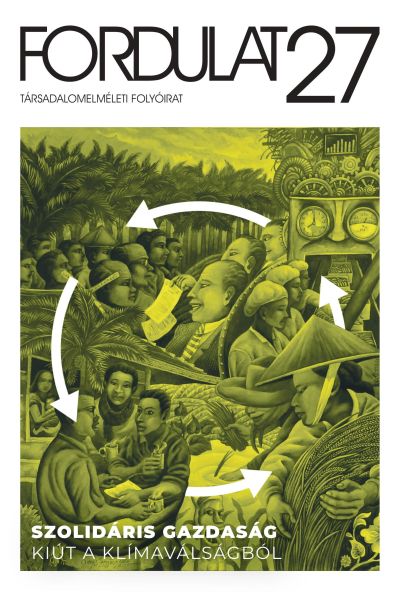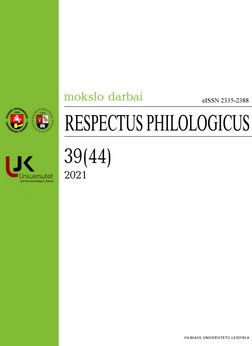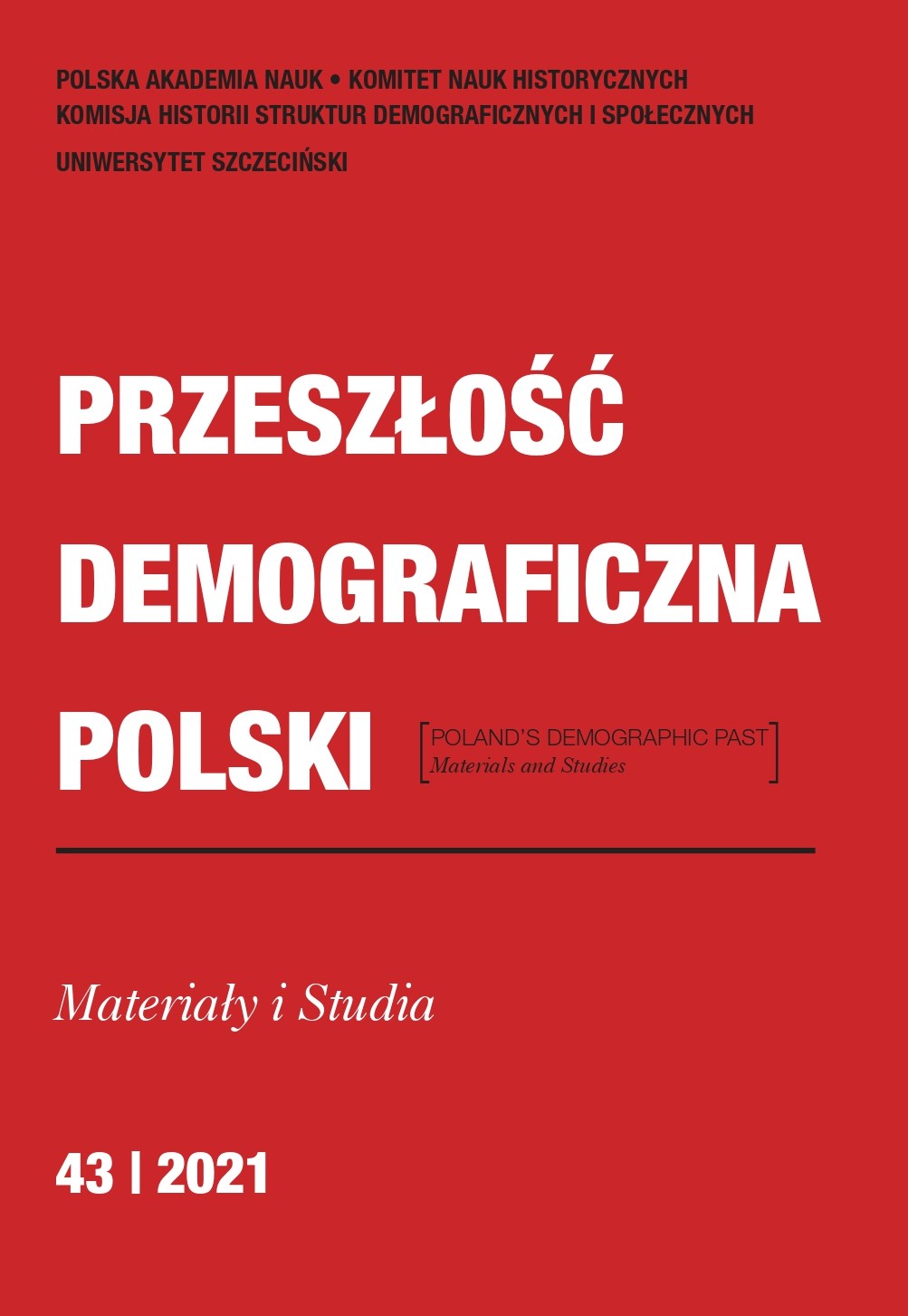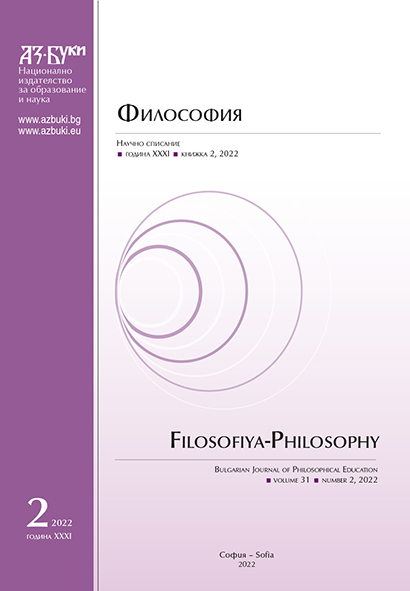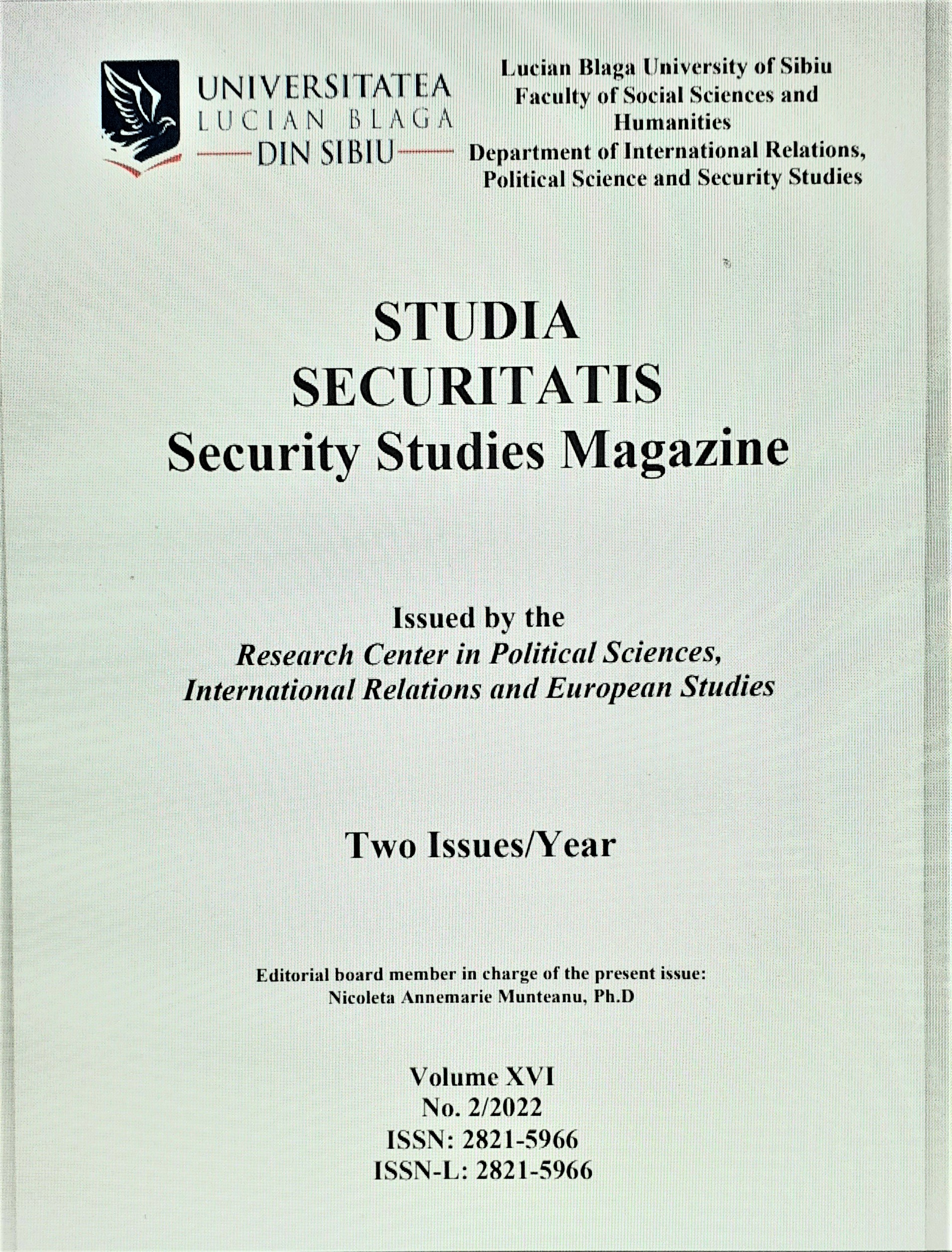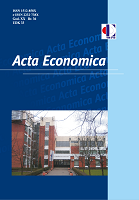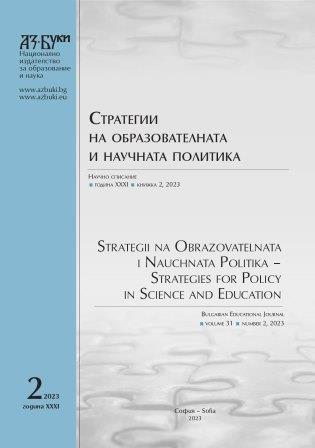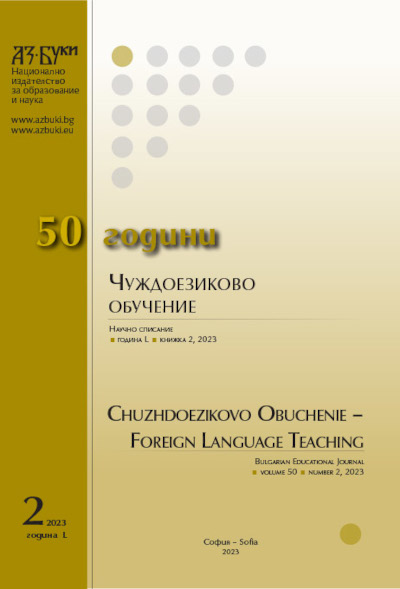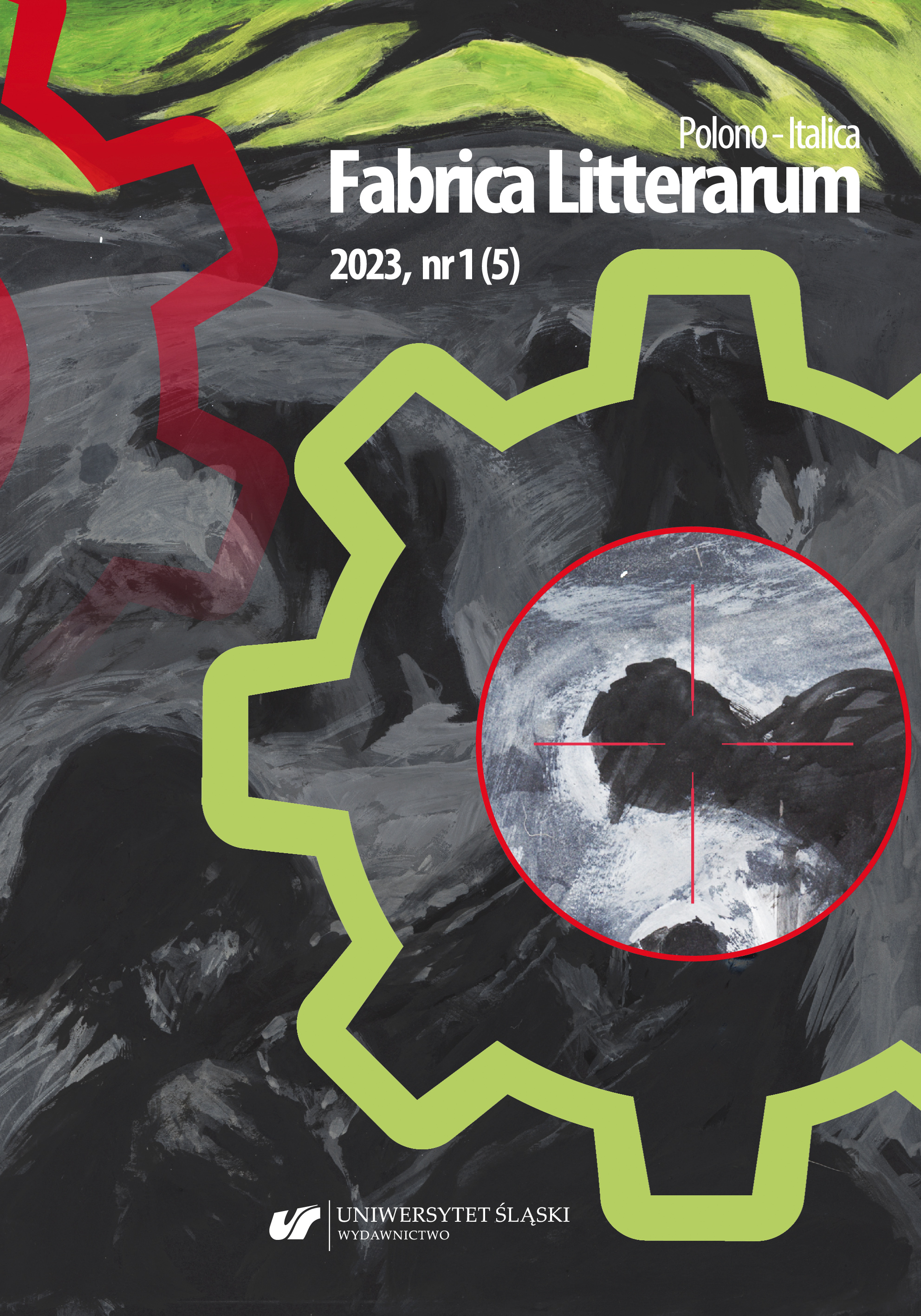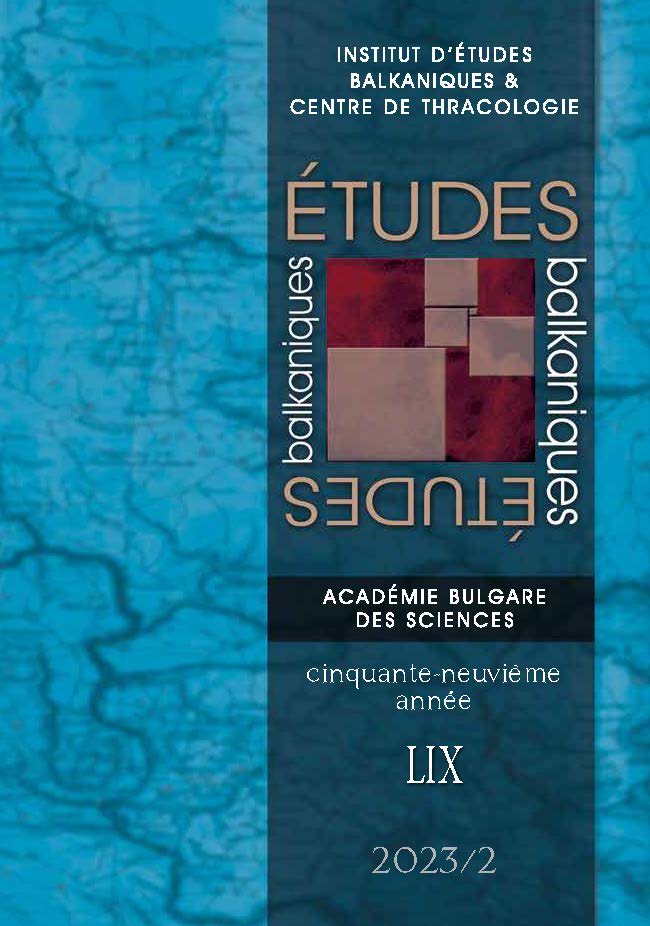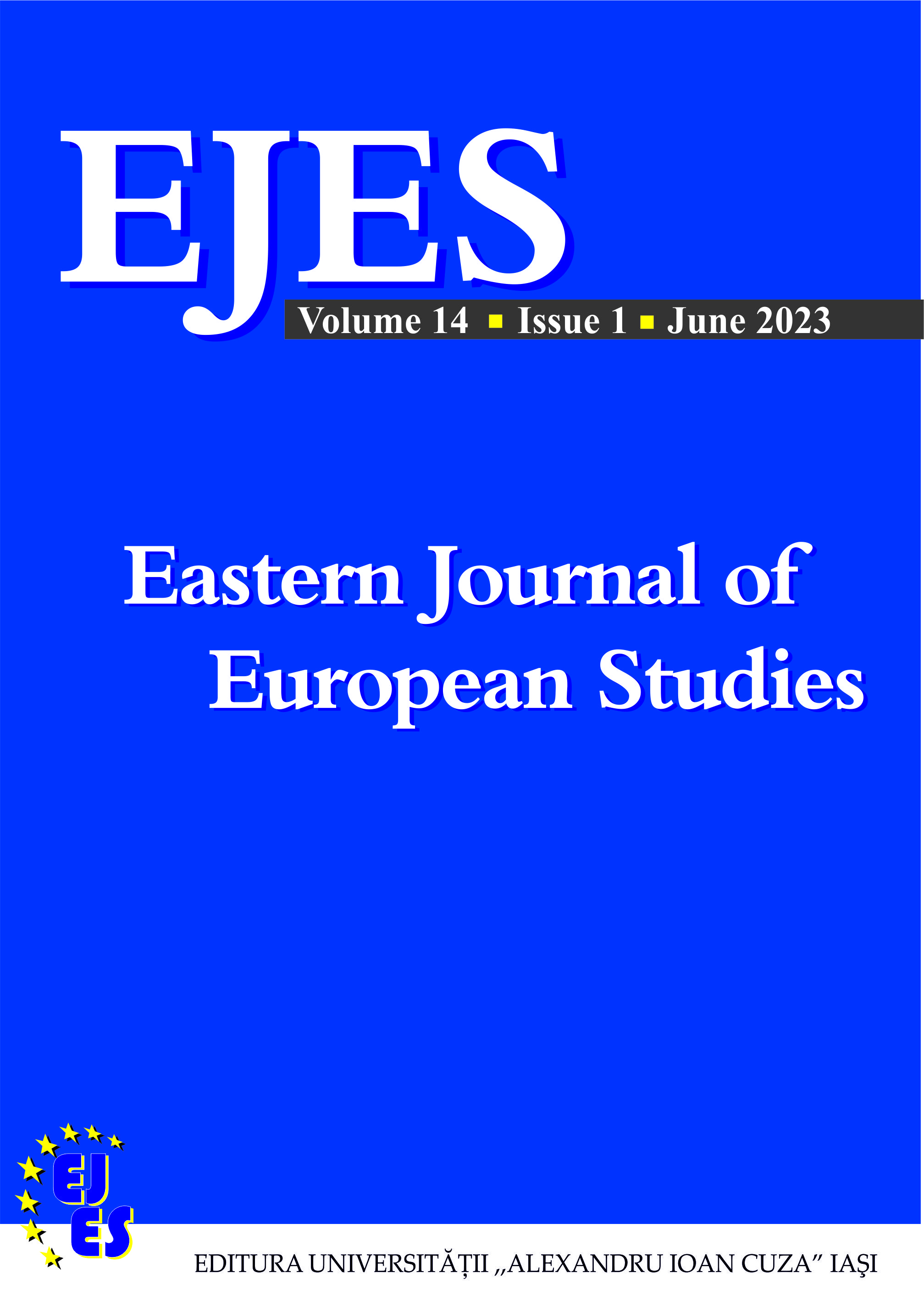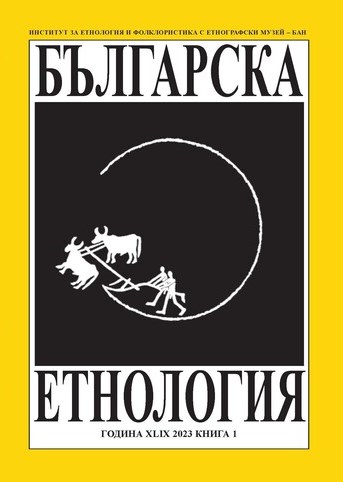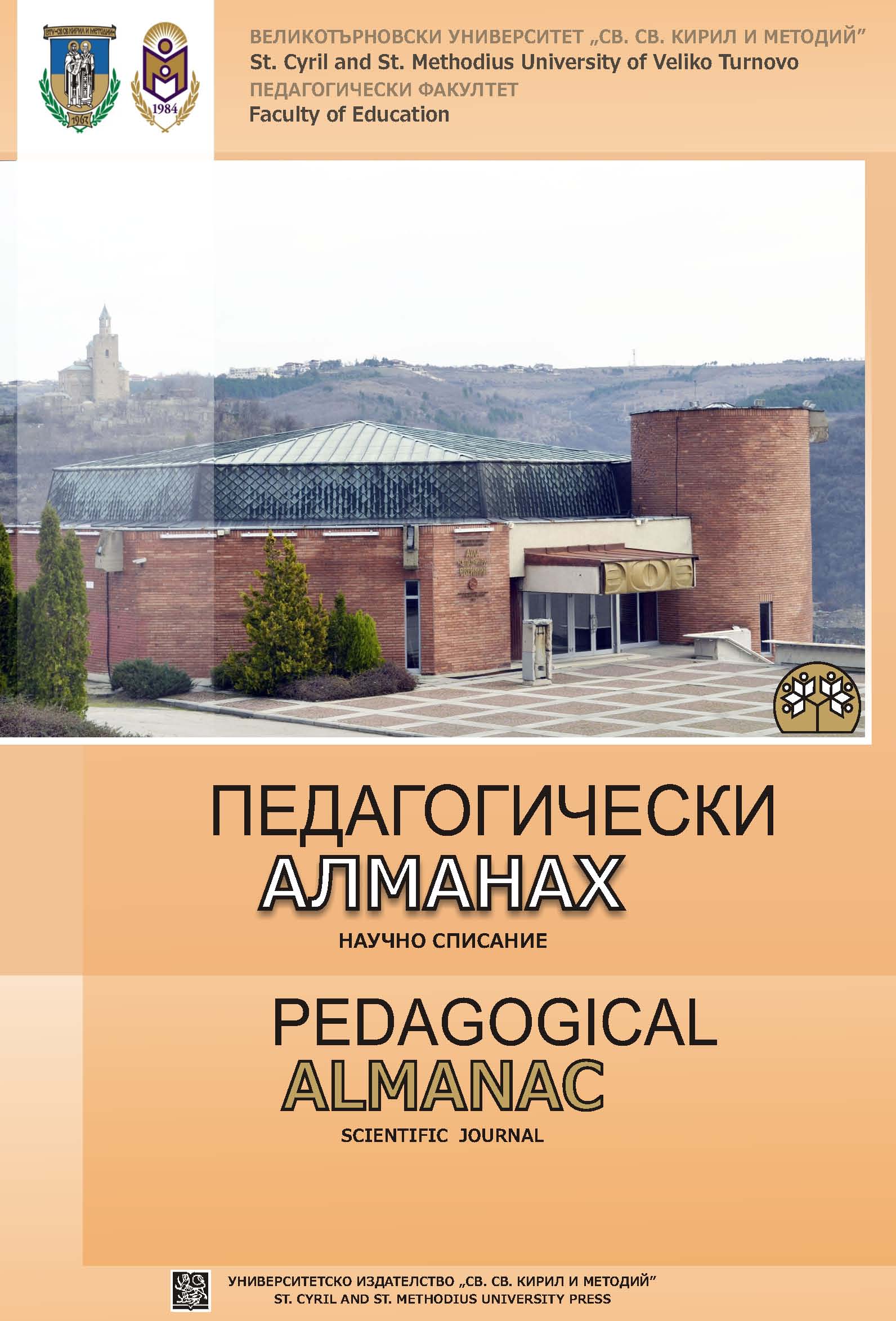
Обредът и произведенията на традиционното приложно изкуство при формиране на личността на детето от предучилищна възраст
The urbanized society through a number of technical systems changes imperceptibly the established vital processes, brings diversity and need of mobility, and spreads influence also on the subject environment. The urban society methodically forms urban life, different from the traditional one. This fact has signaled for the need of pre-school age child of application inconvenient way to explore the roots and the richness of our folklore plastic heritage with a view to rationalization of the organized educational process, the family spirituality and the traditional purity of the national community. The works of the traditional applied art are sensory image of time and are transferred into the aesthetic reality in which they are created. An appropriate model for the perception has been developer to disclose their originality, with possibilities for application in the educational practice.
More...
